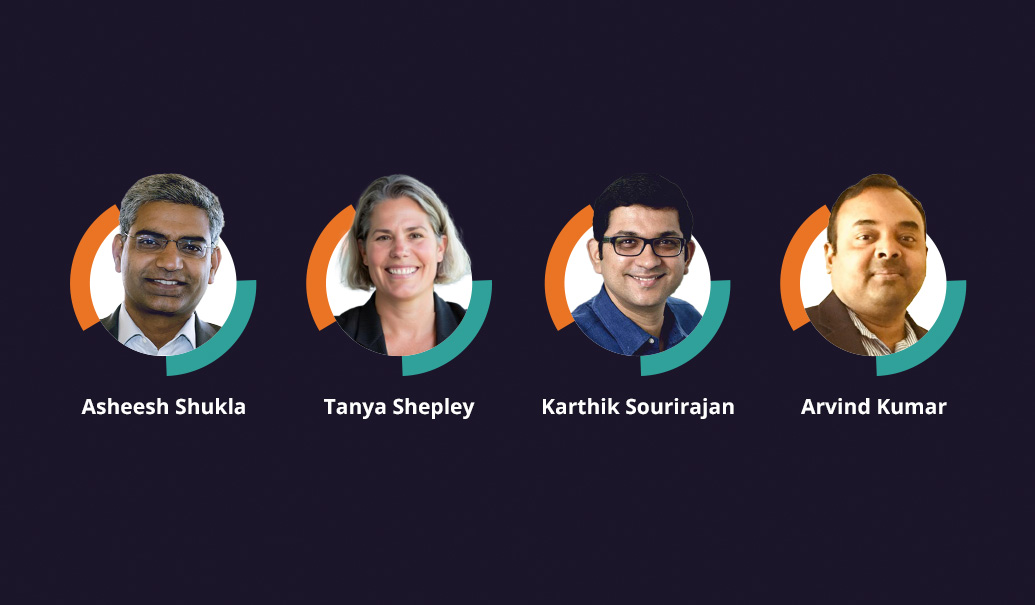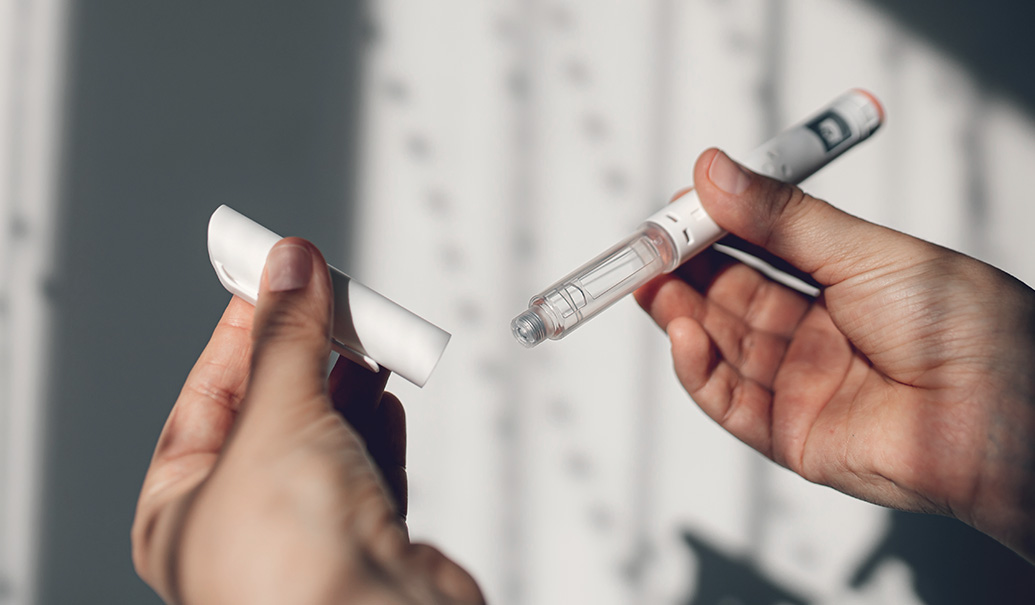As the pharmaceutical industry continues along the path to precision medicine, drug discovery efforts are just one aspect of the business that increasingly will be fueled by data. A flurry of deals, including GlaxoSmithKline’s $300-million, four-year investment in 23andMe, gives us a window into how pharma companies are forming partnerships and striking deals to tap into stores of data to identify new R&D targets and fill clinical trials.
GlaxoSmithKline isn’t the first big pharma company to tap into 23andMe’s customer database, but the deal’s scale and the promise of exclusivity at year five make this one stand out. In 2015, Genentech and Pfizer each structured deals that permitted access to data from 800,000 genotyped individuals. The genomics company’s pool has since grown, with the most recent tally indicating that GSK could have access to data collected on more than 5 million consumers. Reportedly, 80% of that vast pool has given the proper consent for GSK to proceed with research-related activities.
Collectively, these recent moves are emblematic of a new breed of partnerships and collaborations that stretch beyond the industry’s historically pharma-pharma deal-making experience. To get a handle on why this news is a headliner, and to take a look at what this deal and similar ones mean for the pharma industry and beyond, we talked to a number of ZS experts with expertise in areas ranging from payers to pipeline strategy.
The quest for more—and better—data
Data partnerships can help the pharma industry tackle one of its biggest present-day challenges: not having enough data in the system to develop breakthrough therapies. “The more data that pharma can tap into via tests like the ones developed by Foundation Medicine or 23andMe, and through partnerships with data companies, the more shots on goal we’ll have to discover the truly breakthrough therapies,” says Jon Roffman, a managing principal in ZS’s oncology business.
The GSK/23andMe mashup is the most recent in a line of broader data-acquisition deals led by Roche’s acquisitions of Flatiron Health and Foundation Medicine, AstraZeneca’s collaboration with Human Longevity, Amgen’s purchase of deCODE Genetics, and Regeneron’s partnership with Geisinger Health and UK Biobank.
GlaxoSmithKline has been down this road before, with its joint venture with Alphabet’s Verily to develop chronic disease medicines that disrupt certain electronic signals in the body. Just like 23andMe, Verily has had several pharma suitors including Sanofi and J&J.
GSK and 23andMe plan to first turn their attention to an experimental drug for Parkinson’s disease that targets a particular mutation. And when it comes time to launch human studies, GSK’s clinical trial recruitment efforts will be well under way because 23andMe has identified about 250 people with the corresponding genetic profile.
Beyond the direct line to appropriate patients, “they’ll also be relatively willing research participants, and already accustomed to answering health questions on the platform,” notes Bill Coyle, a principal at ZS who focuses on pharma sales, marketing, and market access and pricing, “not to mention the fact that you’d have so much ‘additional’ data on every research participant that sub-analyses could be extremely robust.”
However, when it comes to voluntary, at-home consumer tests like 23andMe’s offerings, the data is only as good as the consumers who can afford to take the test, says ZS Principal Howard Deutsch. 23andMe’s flagship kit rings up at $199, with promotions and discounts sometimes bringing it down to the $100 range. “While the price has been falling, you do presumably have a significantly biased sample of people who are providing the enterprise with its data, given cost and other sociological considerations,” says Deutsch, whose expertise includes brand access strategy and payer organization and operations.
The value of 23andMe’s data to pharma R&D efforts could increase if pharma companies ultimately assume some of the cost of data collection, Deutsch says. “If the price came down dramatically, you’d likely end up with a richer and somewhat more representative data set.”
Assessing the ripple effects of data-driven cost reduction
Of course, cost reduction was one of GSK’s primary objectives in the 23andMe deal. When announcing the deal, Hal Barron, GSK’s chief scientific officer, said that he expects to see drug development costs cut in half when genomic data has been leveraged.
More cost-efficient pharma R&D ultimately can benefit the healthcare ecosystem in the form of more and better therapies, but any monetary ripple effects from GSK’s R&D savings are unlikely, according to Pratap Khedkar, a managing principal at ZS and leader of the firm’s global pharmaceuticals practice. Costs savings on R&D likely won’t be passed down to the patient, he says, because even with enhanced and more readily accessible data driving its development, a niche therapy likely will have less direct competition, which creates an environment in which prices will stay high or increase. In this scenario, according to Khedkar, pharma revenues will see minimal increases while the product volumes simultaneously shrink. “Drug prices and the total cost of healthcare aren’t likely to fall even if the return on investment of R&D will improve,” he says. “This might be a good development for pharma shareholders, but it’s unclear whether payers will rejoice.”
Payers might not be rejoicing, but there is evidence that they’re taking note of the role that genetic testing can play in matching the right patients with the right treatments at the right time. For example, “We’re starting to see signs that payers would rather pay for a next-generation sequencing panel in lung cancer than separate tests for seven to eight markers,” says Ben Hohn, a ZS principal who focuses on business development, pipeline and launch strategy.
The Art of Optimizing Data Deals
Pharma companies have been acquiring data to beef up commercial and clinical operations for some time, including Novartis’s recently expanded deal with Medidata Solutions to strengthen commercial teams in Europe, a trend that’s sure to continue on both sides of the house. However, many pharma companies need to improve their data fluency to ensure that they’re optimizing the structure of data deals across functional areas.
Companies need to build data alliance programs and departments that are equipped to handle new data sources and partnerships with entities outside of the industry. Pharma companies need to figure out how to strategically develop deals with data companies, which is a new capability for pharma organizations in and of itself, says Paul Darling, a principal who leads ZS’s healthcare ecosystem research. These deals have to include considerations such as the extent of the data access, the ability to direct the future collection of data to suit the pharma company’s needs, and the ability to connect with patients anonymously to examine how their behaviors play into their health outcomes.
Aaron Mitchell, a managing principal at ZS and leader ofthe organization’s R&D excellence practice, agrees that pharma companies need to build a capability that marries patient data or genetic data to other data sources in order to extract the most meaning out of it. “It’s not as meaningful unless you can get multiple dimensions of data on that same patient, and that’s very difficult to do,” he says.
The deal might be done when the ink dries, but the lessons that can be gleaned from it are just beginning. There’s a lot to be learned from managing an alliance and finding success via trial and error—and working collaboratively with external partners to derive high-quality data sets that will drive the pharma industry’s future success, Darling says. While these recent deals are noteworthy, they’re foundational building blocks for what’s to come. “Learn from the data,” he says. “Learn what’s missing, and build that capability into doing more effective deals and identifying targets for deals in the future.”














